Antibiotics For Toxic Shock Syndrome
Antibiotics for toxic shock syndrome. Managing toxic shock syndrome with antibiotics Toxic shock syndrome TSS is a serious disorder with a worldwide prevalence of approximately 3100000 persons. Medication Summary The goals of pharmacotherapy are to reduce morbidity prevent complications and eradicate the infection. Lehn N Schaller E Wagner H Krönke M.
Vancomycin may be used in place of benzylpenicillin in patients who are allergic to penicillin. Thus beta-lactam and lincosamides such as clindamycin are the first-line drugs. Certain strains of Streptococcus pyogenes produce at least 2 exotoxins.
The prevalence has increased over the last few decades due to shifts in the circulating strains of group A streptococcus. Detection of staphylococcal enterotoxin B among toxic shock syndrome TSS- and non-TSS-associated Staphylococcus aureus isolates. Aureus was cultured in the absence or presence of antibiotics at the indicated final concentrations.
The patients strain of S. Treatment includes antibiotics intensive support and IV immune globulin. The FDA approved three newer antibiotics oritavancin Orbactiv.
Frequency of toxic shock syndrome toxin- and enterotoxin-producing clinical isolates of Staphylococcus aureus. Treatment failure with penicillin has been reported especially when organisms are present in large numbers. Strains of phage-group 1 Staphylococcus aureus elaborate the TSS toxin-1 TSST-1 or related exotoxins.
By Centres for Disease Control CDC criteria six of these were definite and four probable cases of TSS. Certain bacterial infections release toxins into the bloodstream which then spreads the toxins to body organs. Growing evidence however suggests that the protein synthesis inhibitor clindamycin is more efficacious in this illness.
Beta-lactam antibiotics are effective at treating group A streptococcal Streptococcus pyogenes infection. TSS is mainly caused by Streptococcus pyogenes or Staphylococcus aureus.
It occurs in 20 of invasive streptococcal infections due to groups A C or G.
Aureus was cultured in the absence or presence of antibiotics at the indicated final concentrations. Detection of staphylococcal enterotoxin B among toxic shock syndrome TSS- and non-TSS-associated Staphylococcus aureus isolates. Growing evidence however suggests that the protein synthesis inhibitor clindamycin is more efficacious in this illness. Bacterial growth A and TSST-1 production B were measured. Questions Answered Every 9 Seconds. Ad A Doctor Will Answer in Minutes. By Centres for Disease Control CDC criteria six of these were definite and four probable cases of TSS. TSS is mainly caused by Streptococcus pyogenes or Staphylococcus aureus. Strains of phage-group 1 Staphylococcus aureus elaborate the TSS toxin-1 TSST-1 or related exotoxins.
Aureus was cultured in the absence or presence of antibiotics at the indicated final concentrations. Managing toxic shock syndrome with antibiotics Toxic shock syndrome TSS is a serious disorder with a worldwide prevalence of approximately 3100000 persons. Frequency of toxic shock syndrome toxin- and enterotoxin-producing clinical isolates of Staphylococcus aureus. Treatment includes antibiotics intensive support and IV immune globulin. Semisynthetic penicillins have been widely used for TSS. Certain strains of Streptococcus pyogenes produce at least 2 exotoxins. By Centres for Disease Control CDC criteria six of these were definite and four probable cases of TSS.









:max_bytes(150000):strip_icc()/toxic-shock-syndrome-4175808-5c5db70646e0fb0001ca86cf.png)
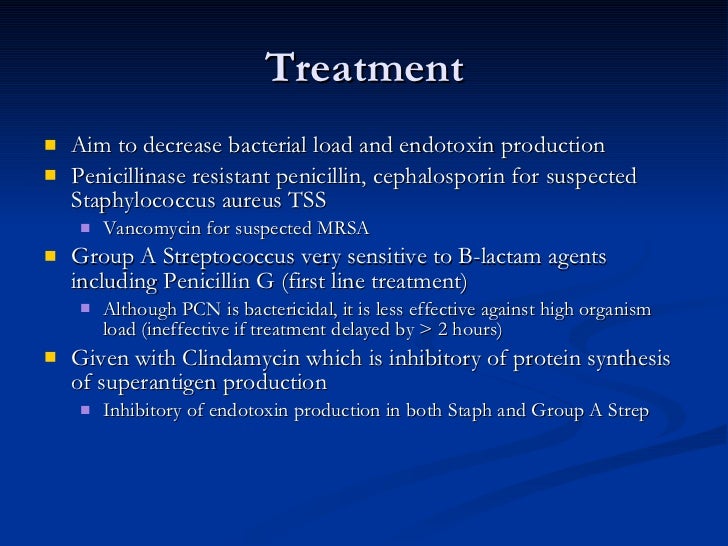
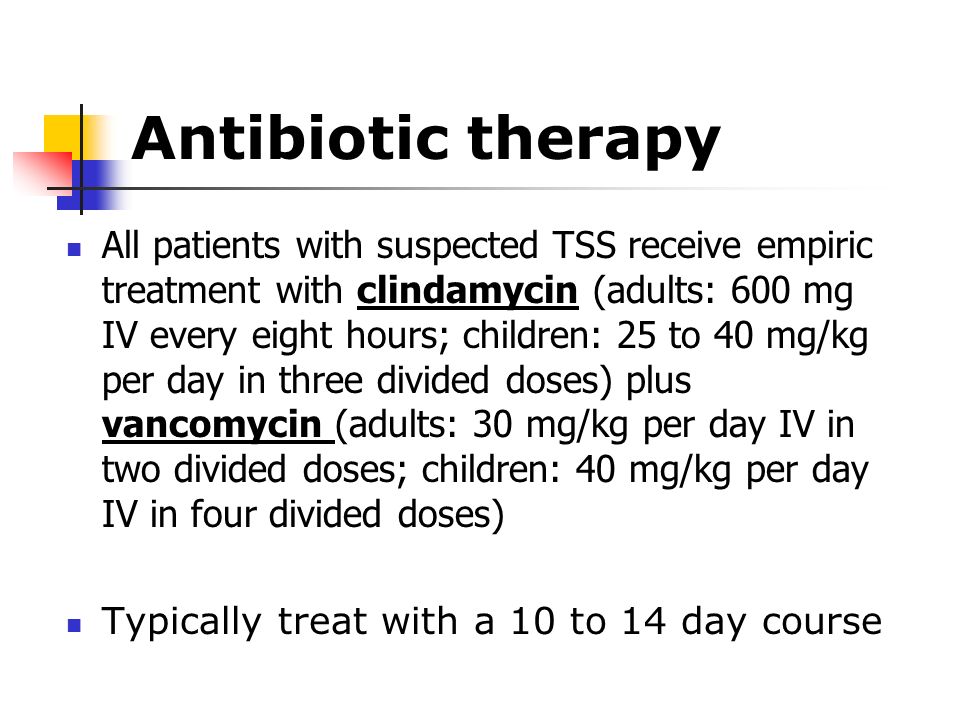


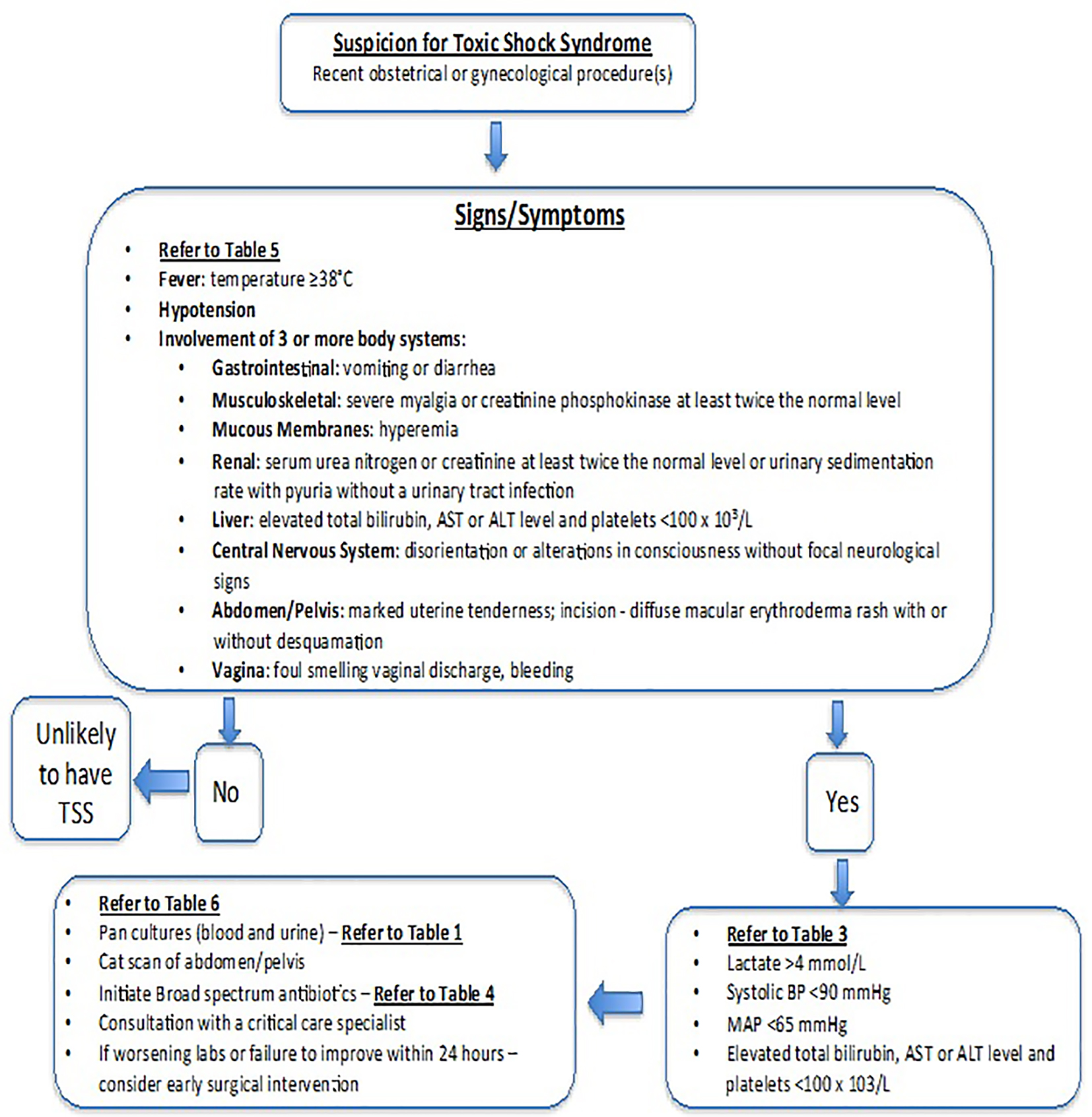
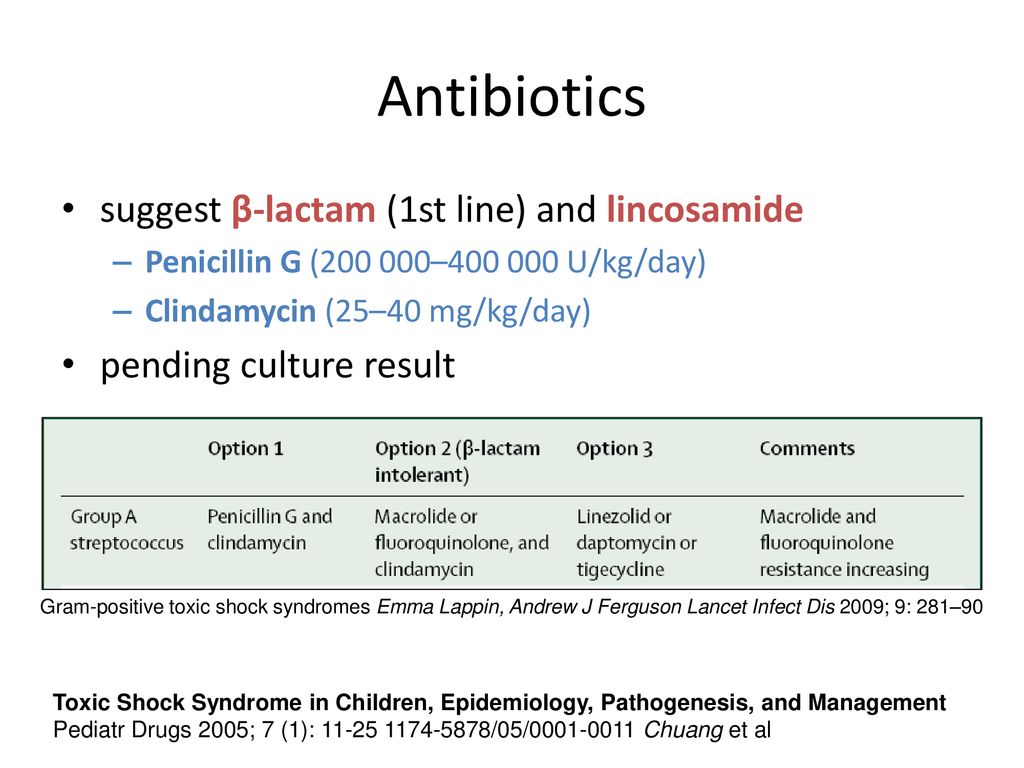

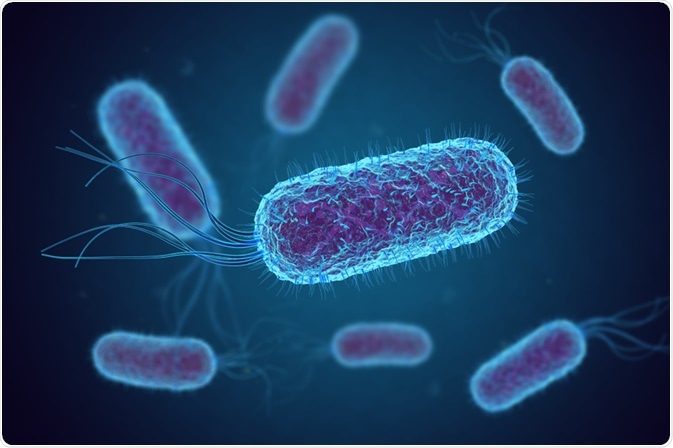









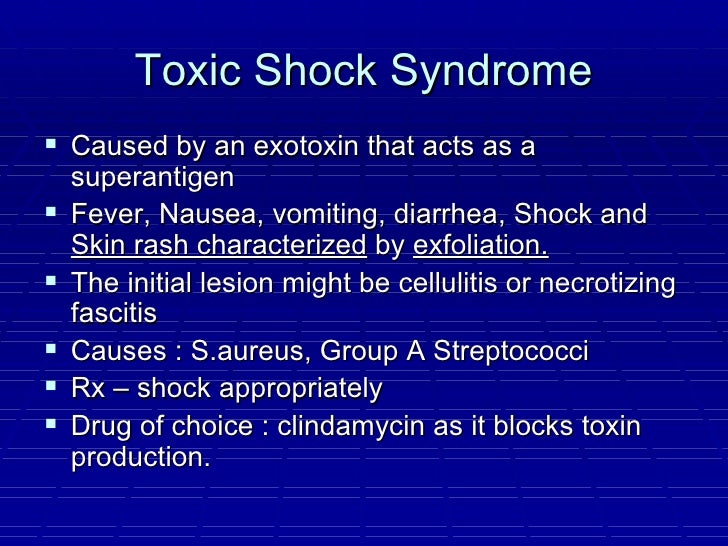
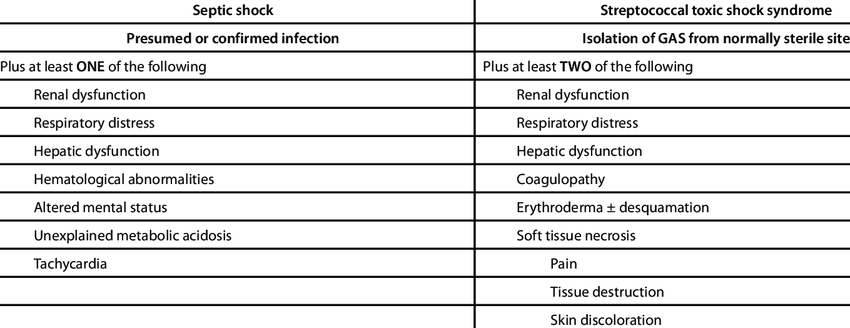

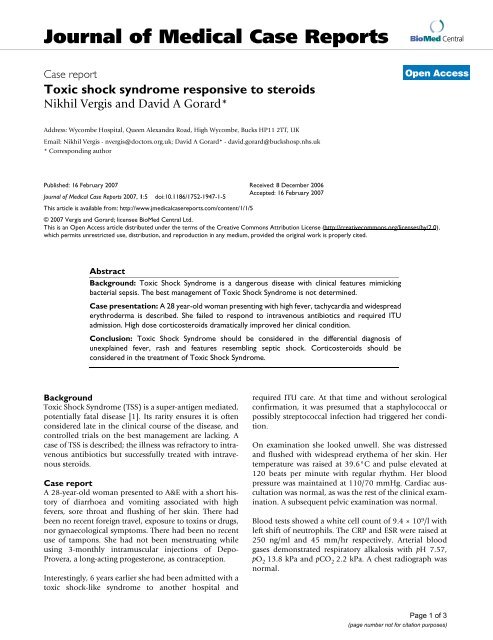


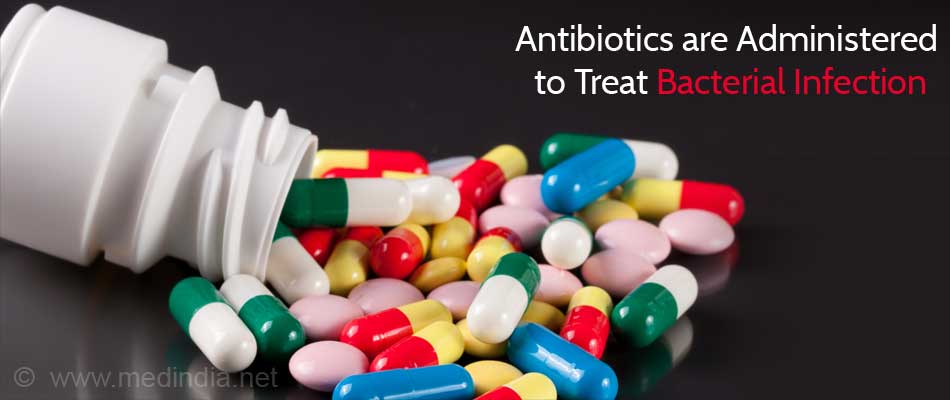



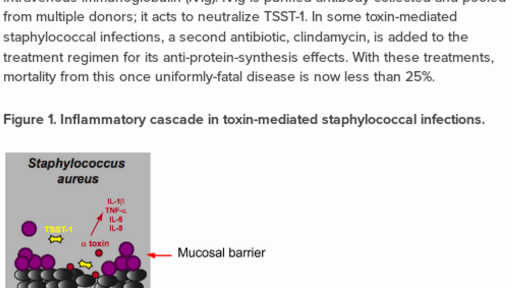


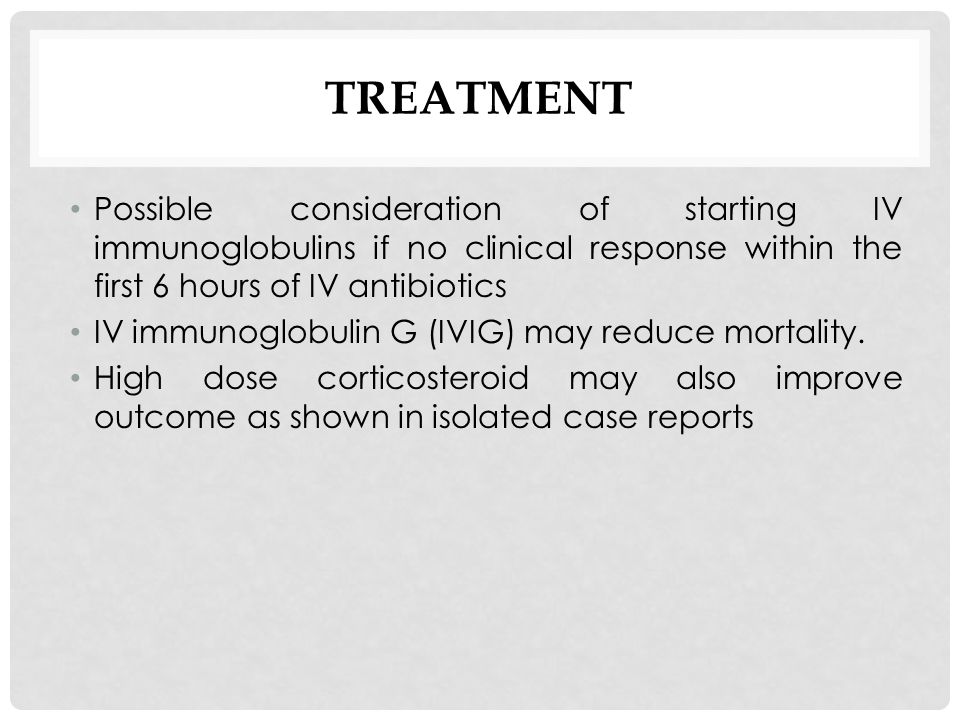
Post a Comment for "Antibiotics For Toxic Shock Syndrome"